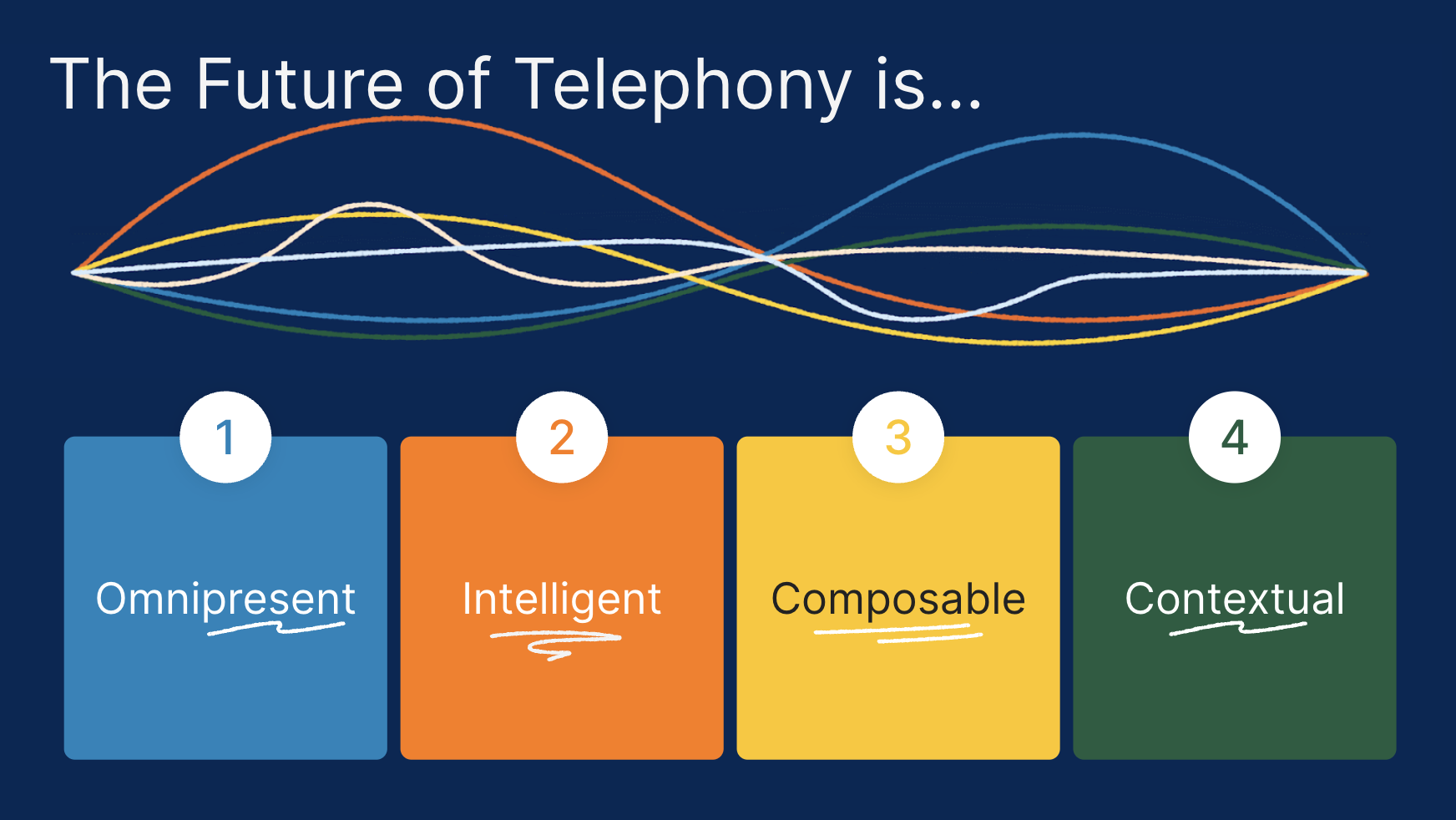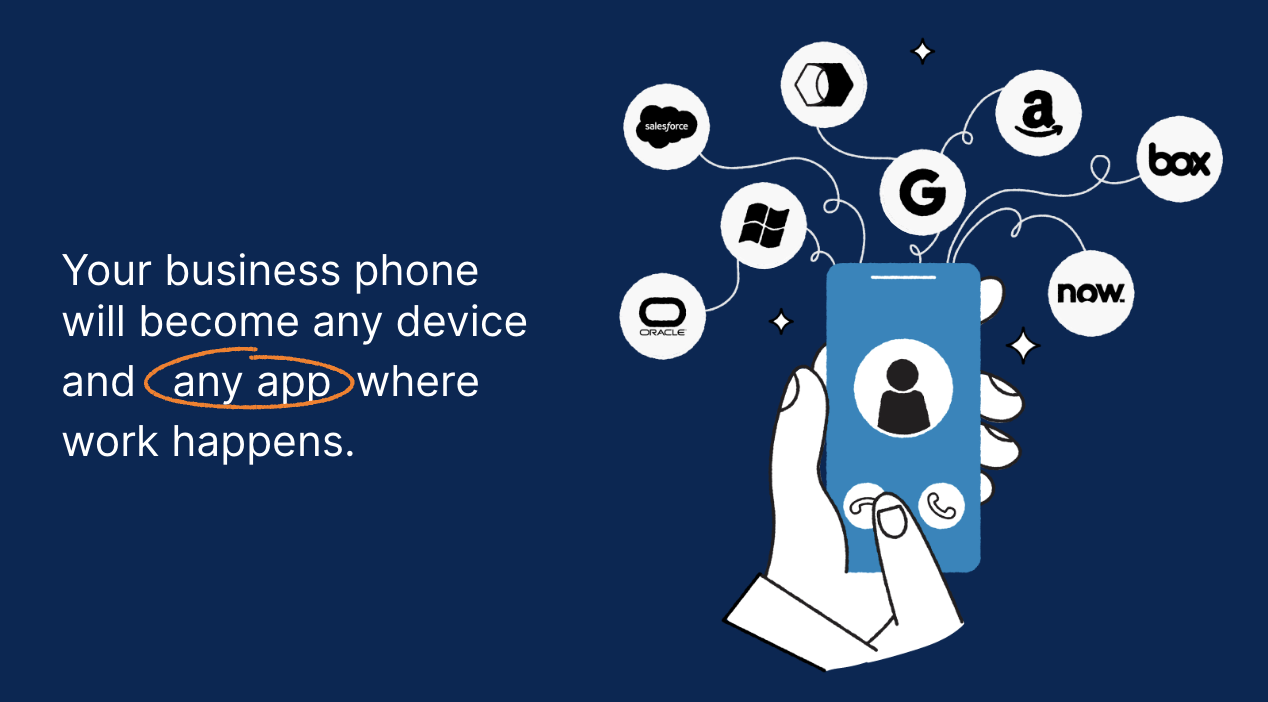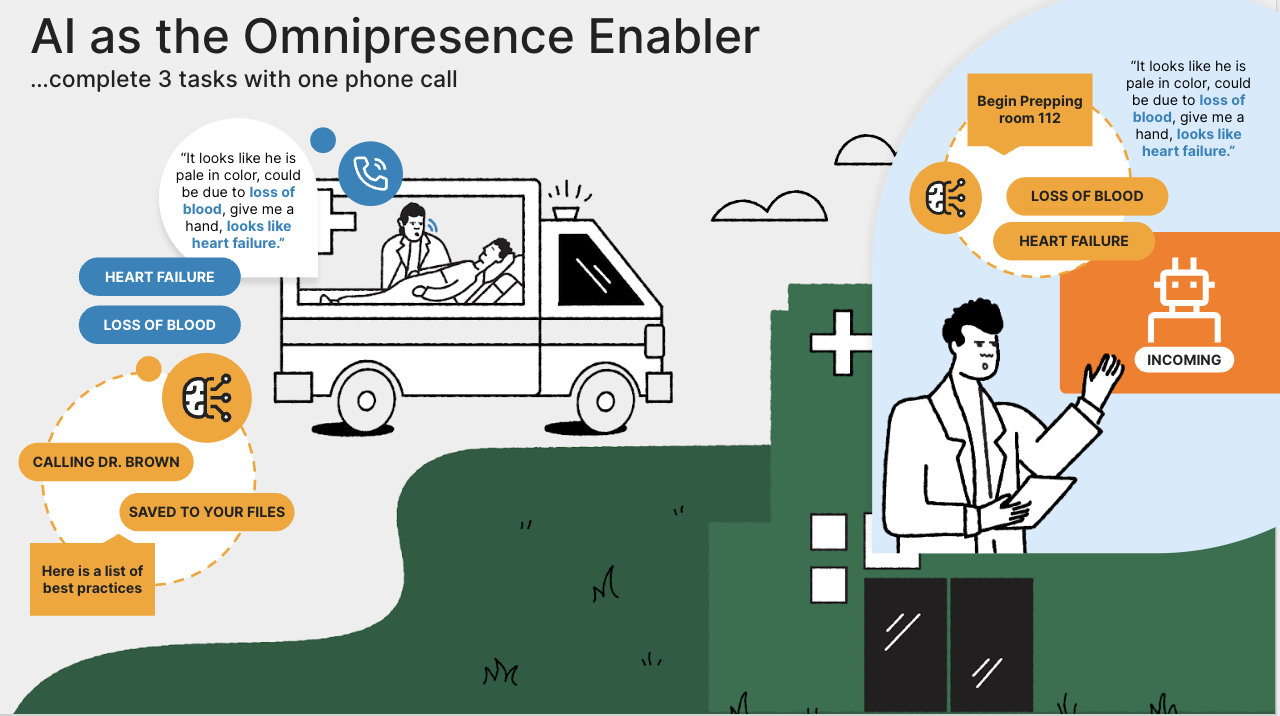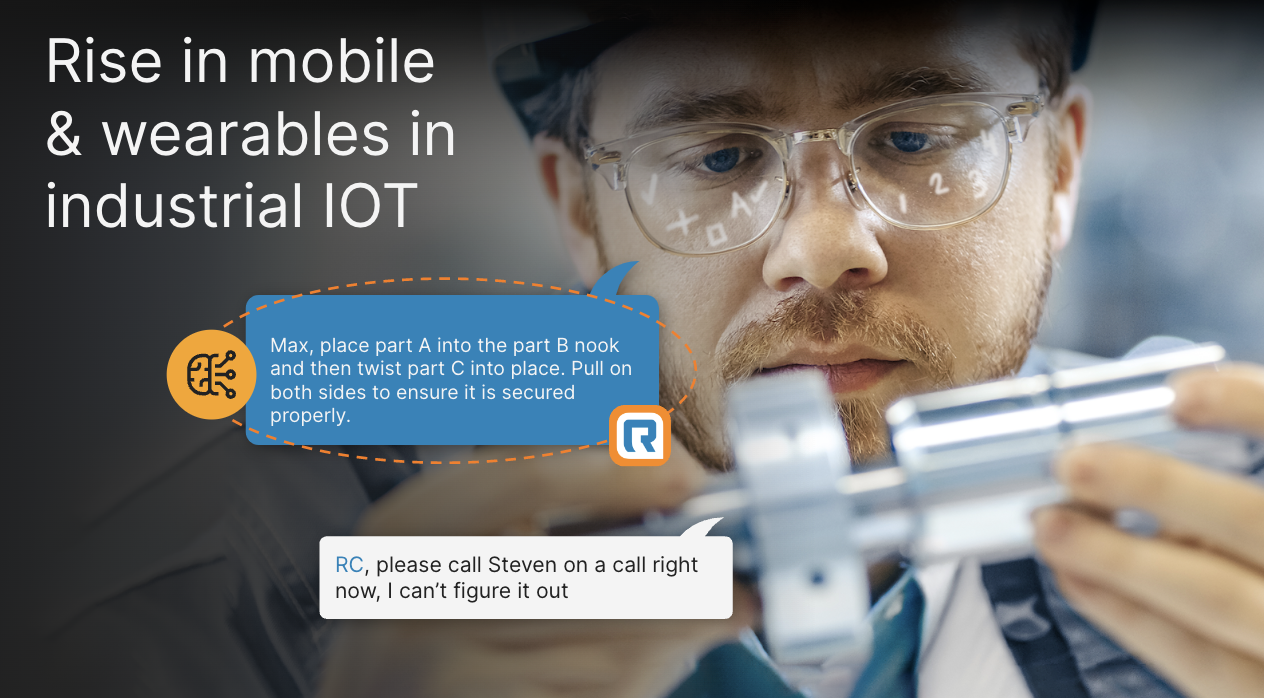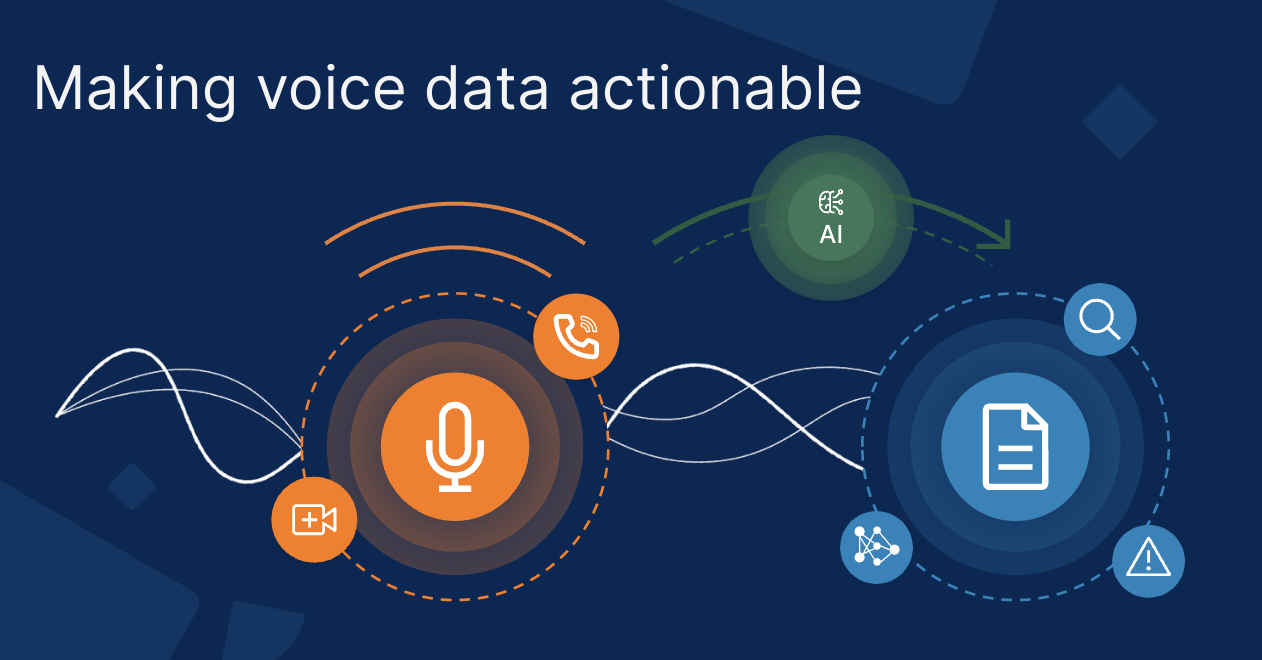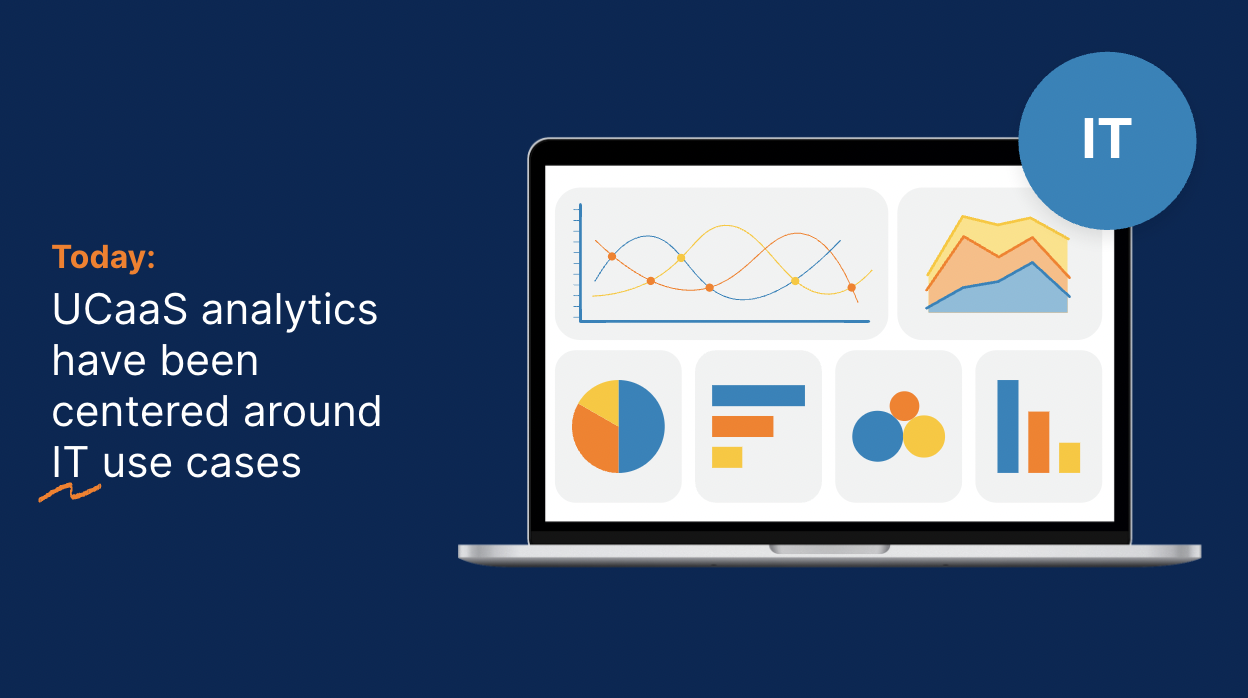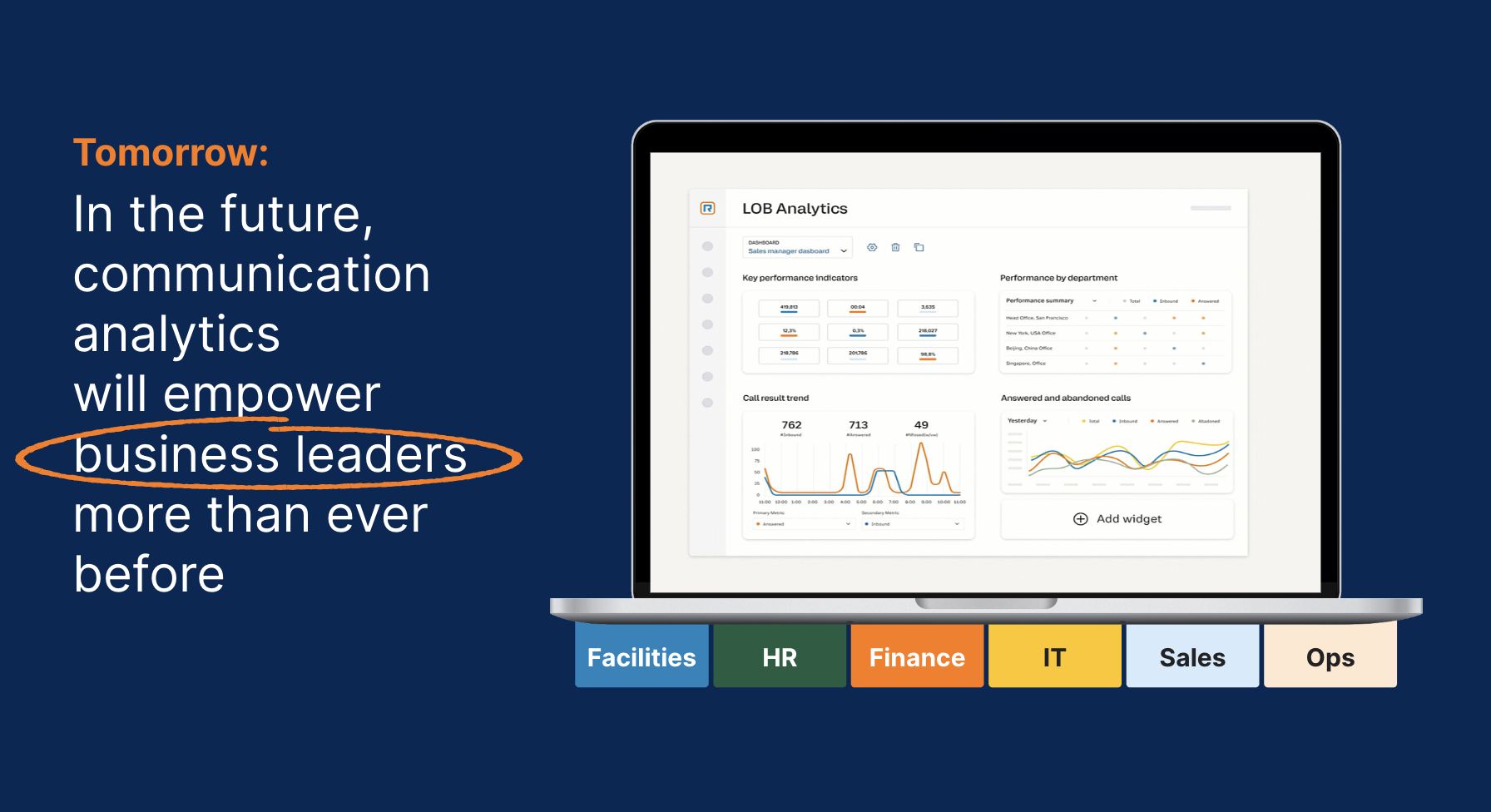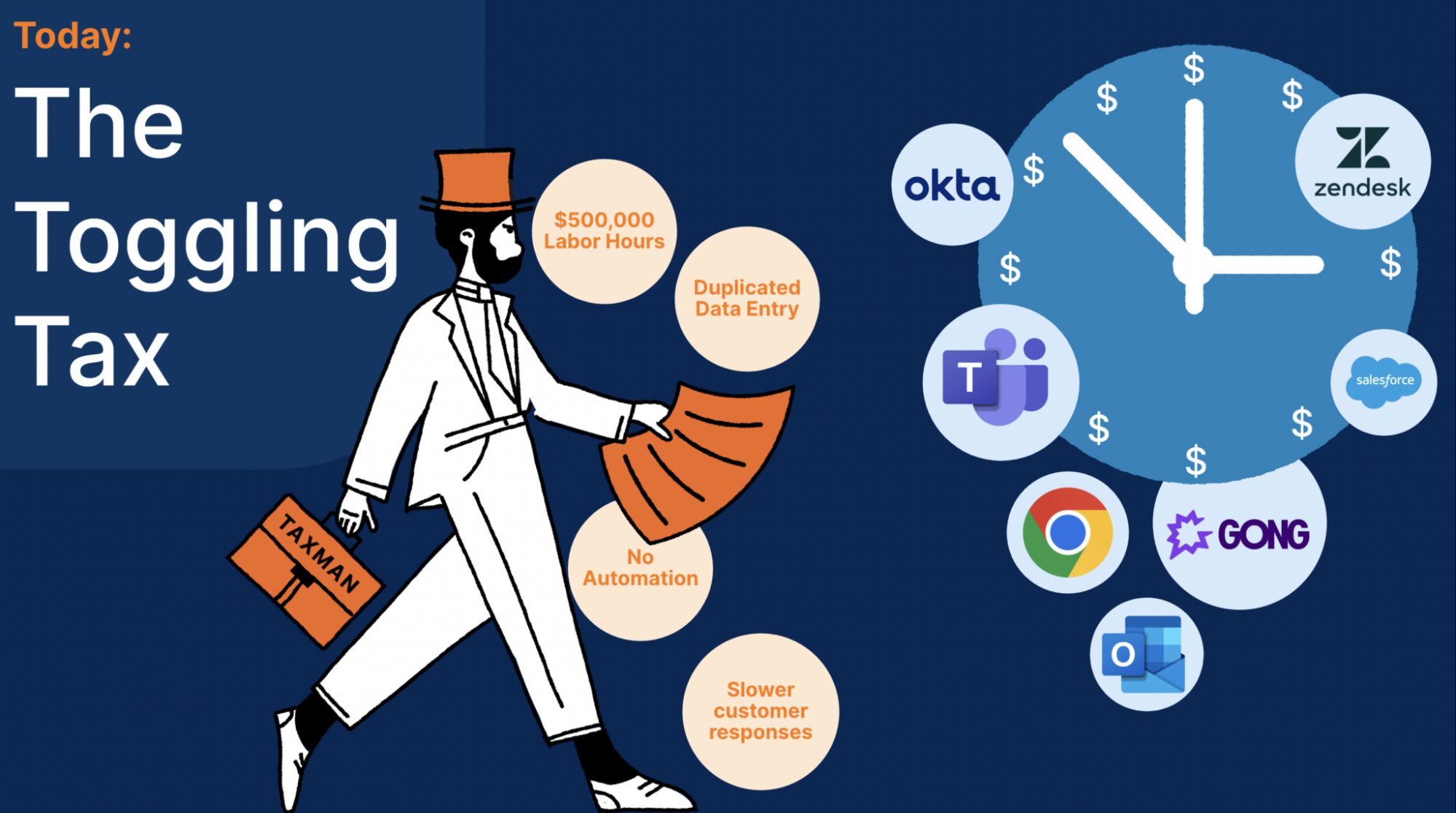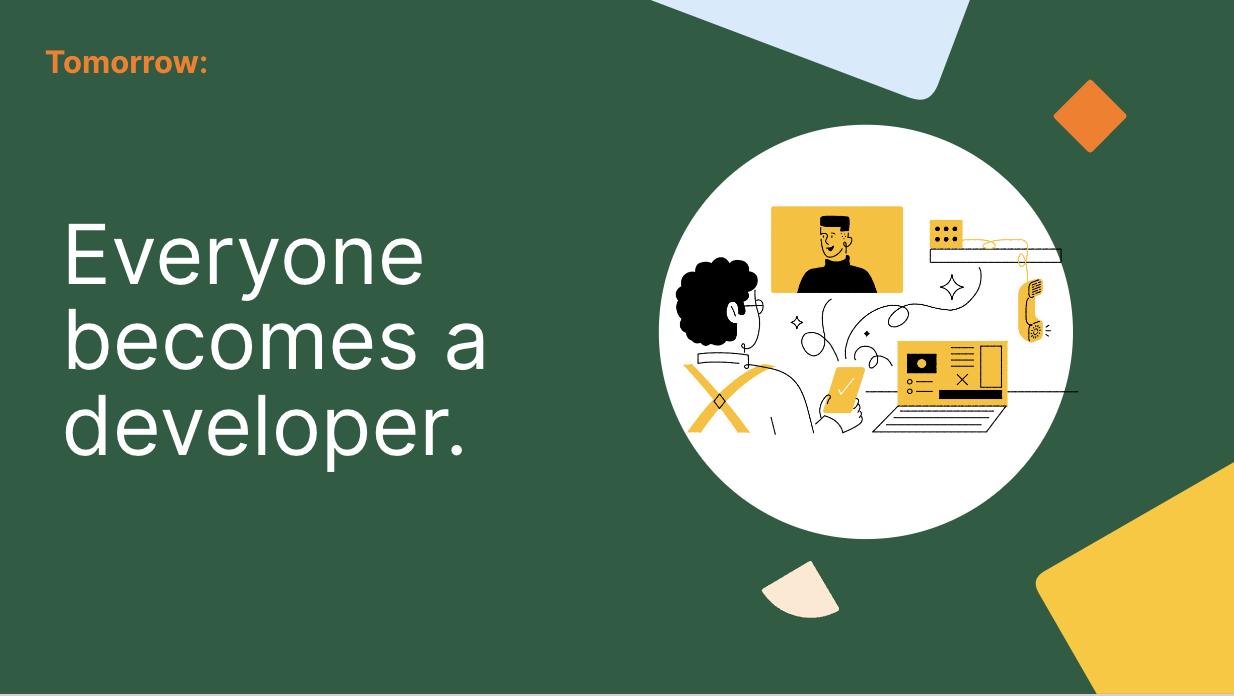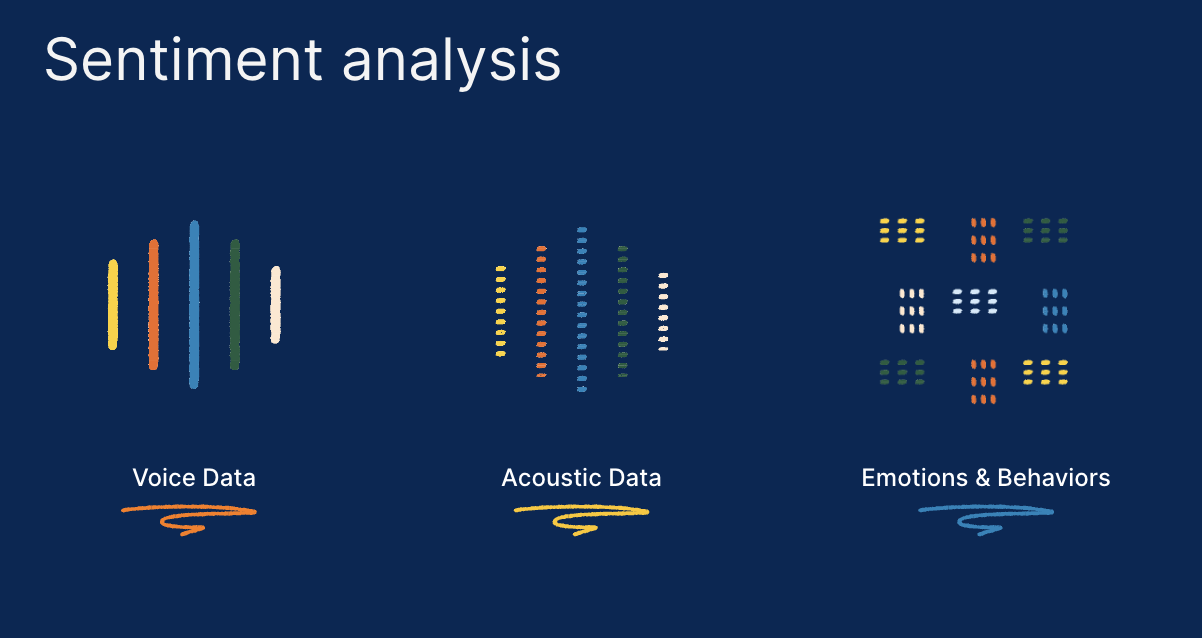You might be surprised, but the future of telephony is rich and promising. There has been a silent, emerging disruptor in the backdrop of headlining grabbing video meetings, artificial intelligence and robotic automation that might surprise you: the return of the humble phone call. It’s true; we are calling a whole lot more, more than ever before.
To find out why, we commissioned a survey through Ipsos of more than 350 business decision-makers from the U.S., Canada and the United Kingdom about how they currently use phones and their plans for the future. Here are some of the most interesting findings from this survey:
1. Phone will continue to reign supreme
The study showed that 98% of respondents believe phones are critically important to customer engagement and revenue generation. The phone remains the lead work communication tool, with 92% considering it their main communication channel.
2. Phone calls will dominate for internal and external use cases
82% of employees prefer the phone over other means of conducting external client calls. More than half of the respondents say they still prefer the phone for conducting group calls or meetings with teammates.
The real question is….Why?
We believe it is because voice is the only medium that can move conversations in real time, instantaneously at scale, to overcome business hurdles. Multi-modality communications are here to stay, but what makes telephony different is that it powers both internal and external communications, both scheduled and spontaneous conversations equally. There is a place for scheduled conversations in the workplace but there is an irreplaceable role voice plays – for the unscheduled, immediate and sensitive conversation.
So where will telephony and voice communications be 5 years from now?
Let’s dive deeper into 4 predictions we have for the future of telephony. Telephony will…
- Become more omnipresent in the tools and apps we live in in a more profound way
- Be more intelligent, enabling us to make better decisions about our business and the conversations we have with people
- Be more composable to build bespoke new business offerings that adapt to evolving customer needs
- Be more contextual and assist us in new more meaningful ways
3. Telephony will become more omnipresent
Telephony will become more omnipresent in the tools and apps we live in in a more profound way. Your business phone will become any device and any app where work happens for you. If you work and live in Salesforce – Salesforce will not only be your CRM but your business phone too. If you spend most of your days in Google workspace, your business phone will follow you there too. If you work primarily in the frontlines and use your personal devices to communicate with work – those devices can moonlight as secure business phones too. If you spend all day at a desktop, that desktop will be your business phone too.
It will enable conversational AI to collate insights that help your teams work and communicate more effectively.
It’ll be omnipresent, yet discreet. Ready whenever you need it. Helping provide new insights that unlock more productivity and growth opportunities.
The combination of AI, open platform and rapidly transforming network infrastructures will make voice more omnipresent than ever. It’ll enable voice capabilities to be more deeply embedded across all your workflows and technology stack. Imagine the combination of 5G low latency networks and a wearable device and how that could revolutionise the working life of a front line worker.
Imagine a paramedic being able to use AI-powered voice transcriptions to communicate and auto-document critical patient information with doctors in the hospital (and their digital health records) live from the ambulance.
The possibilities are infinite and transformative.
Imagine the combination of 5G low latency networks and a wearable device and how that could revolutionise the working life of a front line worker.
Wearable devices are an integral part of voice enabled IoT and wearable apps such as smart eyewear. There will be a huge rise in the use of customised wearable IoT-integrated voice enabled apps in business settings in the coming years. Alongside IoT innovators, cloud telephony providers will need to integrate the power of 5G interactive calling with smart devices that help employees get more through automating remedial tasks.
4. Telephony will become more intelligent
Enabled by recent advances in speech recognition technology, businesses are now finding ways to integrate voice data into their conversation intelligence and AI efforts. While the world of voice conversation intelligence is relatively new, it has generated a great deal of buzz in the tech industry and many companies have emerged to find ways to improve how we tap into voice conversations for business intelligence.
100 billion business calls are made in the US every year – and every year, a bigger percentage of these calls are being recorded. There is an opportunity to extract more value from these recorded phone calls.
A call transcript is one tool, but that is not a scalable way to extract insights from this valuable data. In the future, we see all telephony data as transcribed and searchable, taking you to the extracted part of the conversation you need to re-listen or re-read.
The future of telephony will provide real time and summarised conversation insights. Companies can improve their sales and marketing process by using voice analytics applied to sales calls. They can gather better insights into the needs of each customer and can streamline the lead-management process.
Today, UCaaS analytics primarily solve IT use cases.
Tomorrow, UCaaS telephony will soon include deeply customised, actionable analytics on all types of business communications. Complemented with an ecosystem of pre-built plug and play integrations and APIs – your future UC analytics dashboards will be able to capture all the calling behaviour across your mobile, desktop, browser, pre-built and custom apps.
What’s more, this will not be limited in visibility to IT leaders. Lines of business managers need visibility into how their teams are performing. You should be able to customise the data views, set KPIs and monitor trends that are important to the business.
- What volumes of calls do my teams handle?
- What are the peak hours?
- How do I track my own performance indicators?
- How do I report performance to leadership?
This level of self service line of business analytics is missing in most UCaaS platforms today.
5. Telephony will become more composable
We see the future of telephony to be more composable to adapt to evolving customer needs. Composable telephony is the idea of extensibility, customisation and interoperability. You will be able to inject telephony into your strategy in more unique and customised ways than ever before. Today we build tools in silos; tomorrow we will be building platforms, integrating with systems across your business, and taking advantage of ubiquitous, high-speed networks to deliver immersive, productive, collaborative experiences.
Today, you pay the toggle tax to complete a simple workflow. Workers lose 32 days a year navigating between workplace apps, for example receiving a call and having to look up the caller’s information in their CRM, or look up a support ticket. This lost time can cost businesses up to $500,000 a year, according to Cleo’s State of the Ecosystem and Application Integration report. And that’s just time they lose switching between apps, it doesn’t include the time lost due to communications silos, or not being able to share or access information and previous customer communications through other channels such as social media or text messaging, where customers are now using more and more to reach out to companies.
Tomorrow, we envision telephony to enable everyone to become a developer to drive efficiencies and improved processes. Too often when we think of an open platform we believe that it means hiring developers and spending hundreds of thousands to integrate with everything. But with today’s technologies and a provider that offers a no code, low code, and pro code approach – anyone can create their own integrations in a matter of minutes – with no coding required!
With no code options, customers can easily integrate their communications solution with their CRM, ERP, helpdesk, and more simply by adding the app—typically through their communication or SaaS providers’ App Gallery. This means no programming is required and most of the time it is as easy as just logging into the app and clicking a button!
Low code can come in a variety of forms, from drag and drop editors that allow anyone to build a custom workflow in minutes, to copy and paste embeddable widgets, to prebuilt code templates that only require you to change a couple of values to use.
Finally, pro code gives customers the greatest amount of flexibility, allowing them to build exactly what they want, how they want. Just as important as the APIs available are your developer community, documentation, and developer support mechanisms.
6. Telephony will become more contextual
Lastly, we predict that telephony will become more contextual and assist us in new more meaningful ways
Telephony is not just about HD audio content, but also enriching voice content with context. Every conversation carries context, insights and considerations that can be used for better business outcomes. Here are some examples of contextual voice features:
Conversation AI: Creating a voice-enabled “conversation assistant” that lives not only in the contact centres but in the simplest of UC platforms, which automatically helps employees get the real-time information they’re seeking. Think about the chatbots you see on websites today… except they talk to you instead of you having to type chats to them. Businesses can build these bots, trained within the context of the business, to help employees and customers get what they need without humans involved.
Another way telephony will enrich with more context is through including sentiment analysis, one of the most important CX strategies today. By using automatic speech recognition and natural language processing technologies, voice data can be analysed to reveal which responses evoke positive emotions based on the tone, pitch, and frequency of a customer or employee’s voice.
Normally sentiment analysis is done through the text data, But we have a lot of unused audio data. This is a huge opportunity for the industry to exploit. Sentiment analysis is used to provide businesses with the data they need to enhance the customer experience and get an edge over their competition.
BONUS PREDICTION: The inflection point of telephony and contact centre
And because we are overachievers, here is a bonus prediction for you: There is an inflection point between business telephony vs. contact centre. Businesses have to choose between:
- Best-of-suite: sourcing all UC and contact centre solutions from the same one-stop-shop vendor, simplifying the purchasing process and the integration effort, but possibly at the expense of limiting the flexibility of choice
- Best-of-breed: sourcing separately the UC and contact centre solutions that meet best both IT and business requirements, but possibly at the expense of a more complex purchasing and integration process
A simple cohabitation between UC and contact centre platforms is not enough. Managing contact centre and UC channels with a unified user experience requires a tight integration at server and client level, therefore the choice of technology becomes a critical success factor. Where I see the future headed is one global Telephony, one collaboration and contact centre platform, one vendor – all AI-enabled.
By responding to industry trends and listening to our 5M+ paid users, we are developing the voice technology that customers need today and years from now. RingCentral supports over 7 billion calling interactions every year across the globe. Enriching these interactions with voice capabilities that are omnipresent, intelligent, composable and contextual will help power us all forward into the future.
DISCLAIMER: This is not a commitment from RingCentral to the market or customers to launch these innovations anytime soon. This is not a roadmap blog, but a vision from the communications industry as a whole as to where telephony can go.
Originally published Jan 19, 2023, updated Feb 13, 2023


